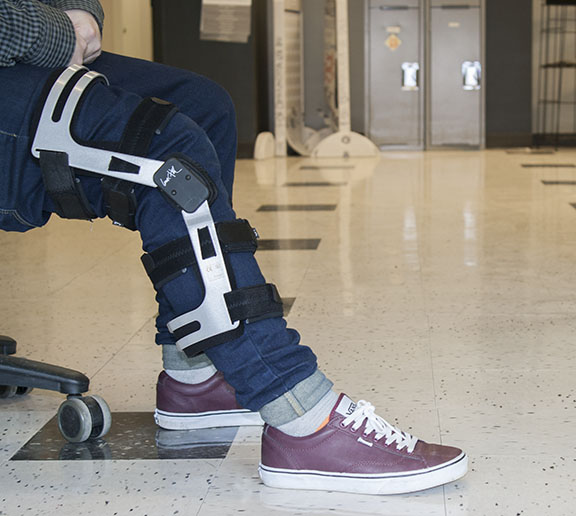The physical and mental effects of athletes getting injured on the field.

In today’s society, the sports world is constantly under the microscope regarding health issues.
With tons of current and former NFL players being shown to have intense forms of CTE, which is a degenerative brain disease where a protein clump will attach itself to the brain and slowly kill brain cells over time.
“Aaron Hernandez suffered the most severe case of chronic traumatic encephalopathy ever discovered in a person his age, damage that would have significantly affected his decision-making, judgment and cognition, researchers at Boston University revealed at a medical conference Thursday,” according to Washington Post.
The MLB also has its fair share of injuries, most noticeably we see prolific pitchers going down because of torn rotator cuffs and other strains. Viewers are forced to wonder how do these injuries affect the players themselves.
The viewer can usually see the direct impacts of an injury, whether it’s the player in pain or lying unconscious, they can tell when an athlete isn’t going to be the same that they once were.
Take for example, Derrick Rose, who won the NBA MVP and in the same season tore his ACL in his knee. Once he returned to the game of basketball, statistically, he has not been as great as he once was.
“Team medical personnel immediately rushed out and tended to Rose for several minutes as he was writhing in pain near the baseline before helping him to the locker room. Rose was taken to the hospital, where MRI results confirmed the Bulls’ worst fears,” according to Scott Powers of ESPN writes.
Sierra Everman is a student here at SFCC who got a nasty injury back in high school playing soccer.
“I fractured my tibial plateau and lost quite a bit of cartilage in my knee because it was so smashed,” said Everman. “I went through six months of physical therapy and was on crutches for 3 and a half months.”
“Physically I haven’t been as strong in that leg ever since,” said Everman. “I have arthritis and will have to get a knee replacement sooner than most people will.”
Working out helps players get better at their craft, but when they get injuries, it can cause them to miss months of valuable work out time.
“Mentally it’s challenging just cause I know what I could’ve done,” said Everman. “And knowing I won’t ever be as good as I was frustrates me.”
No matter the sport, injuries always occur. Brendan Duncan is a student here at SFCC who last year tore his meniscus last year playing basketball.
“I tore my meniscus and had to have 9 stitches to repair it,” said Duncan. “Which is the most my doctor has ever done on one.”
As a patient, hearing that your doctor had never performed a surgery as complicated as yours might scare you, but not Duncan, in fact he took that as even more motivation to get back to what he once was.
“I was in physical therapy 2 weeks after surgery, just trying to get some range back,” said Duncan. “I pushed myself and fought through the pain just because I was tired of being hurt.”
With the fear of re-injuring themselves at the forefront of the mind, an athlete might not play as hard as before. It could also drain someone emotionally having to go through rehab to keep the muscle strong.
“Mentally it kind of started as me seeing it unfair that I got hurt when I did and wasn’t able to play basketball,” said Duncan. “I had to have people drive me around and help me upstairs and stuff like that, so honestly I was pretty helpless.”
Both Everman and Duncan are still playing sports at SFCC, volleyball and baseball respectively.